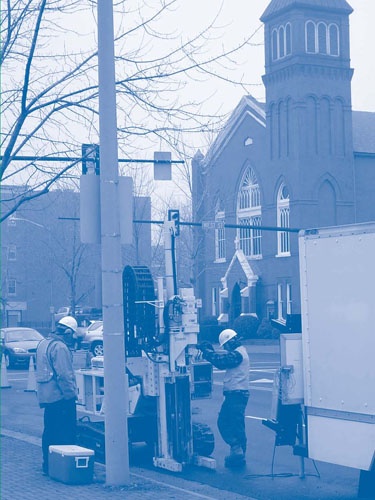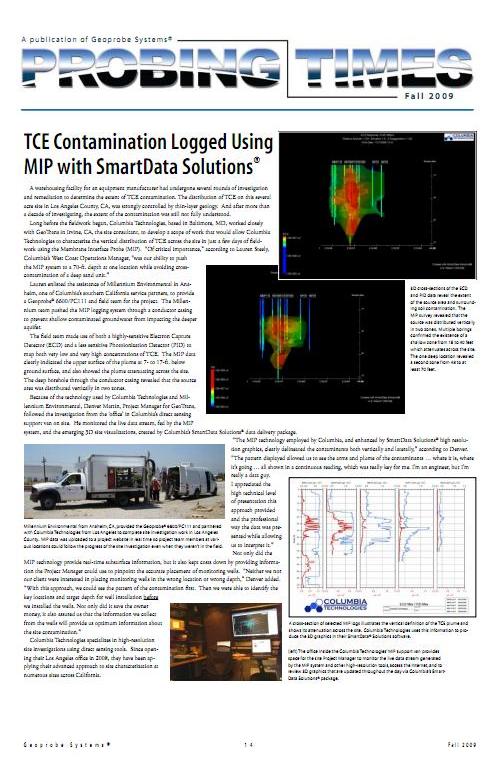Should Site Assessments Be Conducted Through Traditional Sampling, Groundwater Monitoring Wells, or Direct Sensing Methods?

It is safe to say that 99% of all site assessments are either conducted through traditional...





